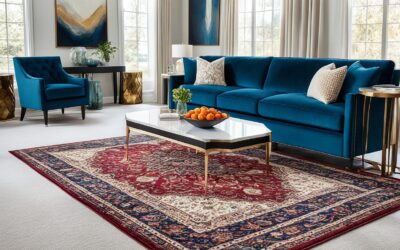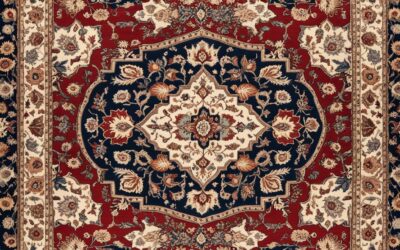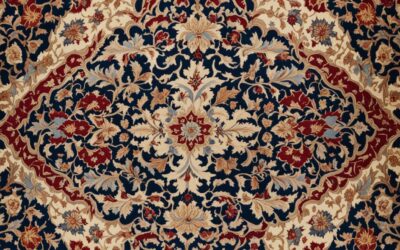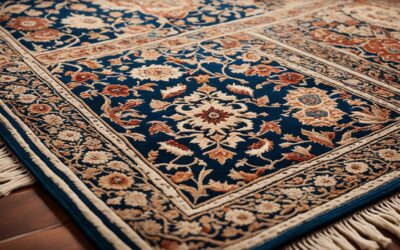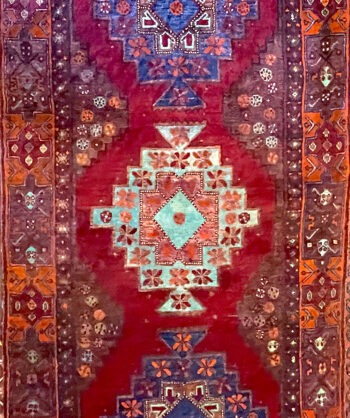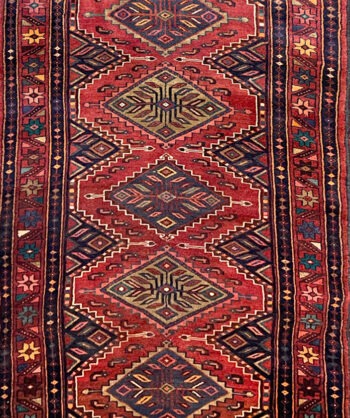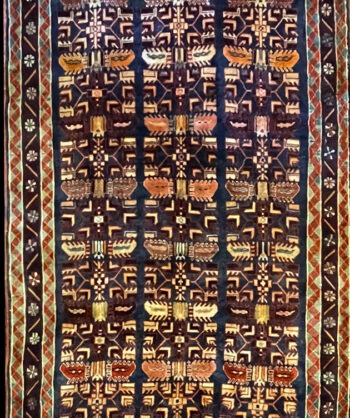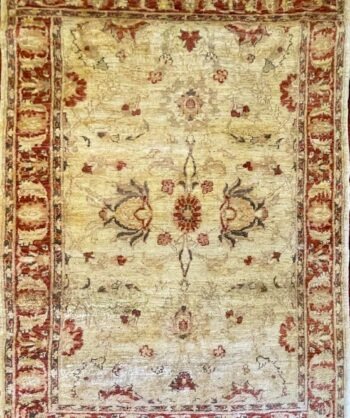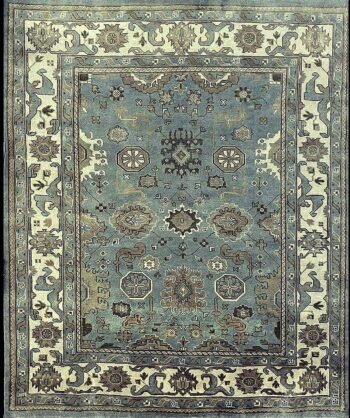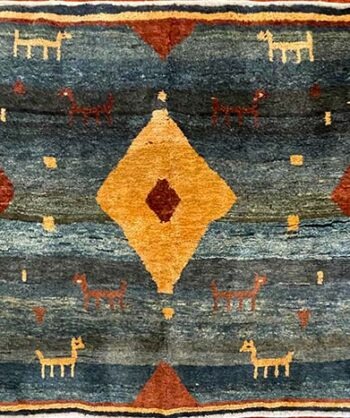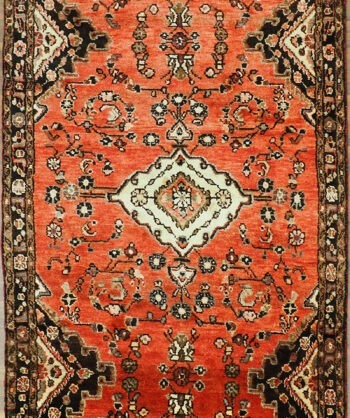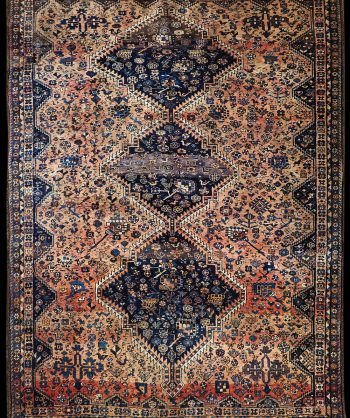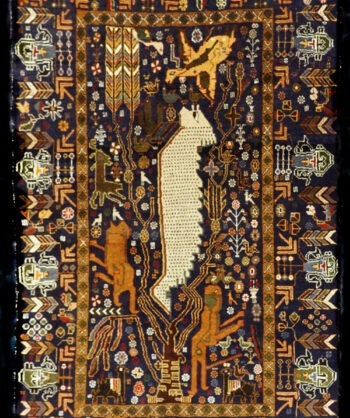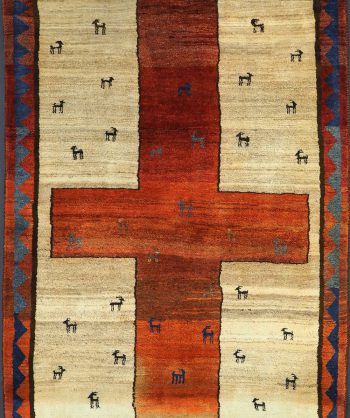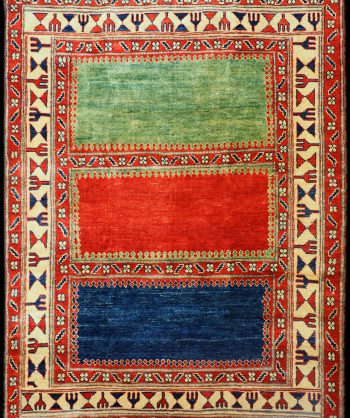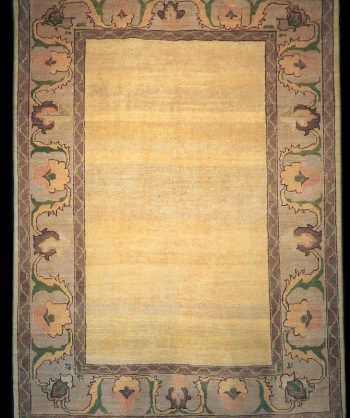Table of Contents
Buying a luxury Persian rug is a big decision that needs careful thought. The rug market is huge, making it hard to find the right one. But, with the right info, it can be fun. This guide is here to help you with all you need to know about Persian rugs.
It covers their history, styles, prices, and more. It will guide you in picking the best rugs for your home.
Key Takeaways
- Learn how to identify authentic Persian rugs and distinguish them from other Oriental rugs.
- Understand the history and craftsmanship behind the production of high-quality Persian rugs.
- Explore the wide variety of Persian rug styles, patterns, and designs to find the perfect fit for your home.
- Discover factors that affect the pricing of Persian rugs, from materials to size and quality.
- Gain insights on proper rug care and maintenance to ensure your investment lasts for years to come.
What is a Persian Rug?
Many people confuse all Oriental rugs with Persian rugs. But, Persian rugs stand out because they come from a specific place. They are made only in what is now Iran.
Distinguishing Persian Rugs from Other Oriental Rugs
The art of making Persian rugs has been around for over 2,500 years. These rugs were first made for nomadic tribes to keep them warm and dry. Over time, the skill of making these rugs got better and better.
The History of Persian Rug Weaving
International trade helped make Persian rugs more diverse. Different rulers in Persia made these rugs more popular. Cyrus the Great is often credited with bringing carpet making to Persia in 539 BC.
But, it’s likely that nomads in Persia made simple rugs long before Cyrus. They used wool from their sheep and goats.
The oldest known rug was found in the Pazyryk valley in 1949. It’s from the 5th century BC and shows how long Persian rugs have been around. They have always been getting better over the years.
How Persian Rugs Are Made
The traditional Persian rug weaving process shows the skill of carpet weavers. These rugs were once made by hand with silk and special dyes. Now, many Persian rugs are made by machines with cheaper materials like wool or cotton.
Looking for a unique area rug? Choose a handmade Persian rug. These rugs, along with antique and vintage ones, are very valuable. They can cost a lot at auctions. Making a Persian rug is hard and takes a long time, sometimes years, based on the rug’s size and quality.
The Foundation of a Persian Rug
The first step in making a rug is creating a strong foundation. This is done with threads of cotton, silk, or wool. These threads, called warps, run along the rug’s length. Then, other threads, called wefts, are woven over and under the warps.
The Intricate Weaving Process
After the base is set, the rug’s patterns start to appear. This is done by tying knots of silk or dyed wool around the warps. This careful work makes Persian rugs look unique and beautiful.
| Material | Description |
|---|---|
| Warps | Strong cotton, silk, or woolen threads that run along the rug’s length |
| Wefts | Threads that are interwoven over and under the warps, from side to side |
| Knots | Loosely piled knots of silk or dyed wool around successive adjacent warp sets |
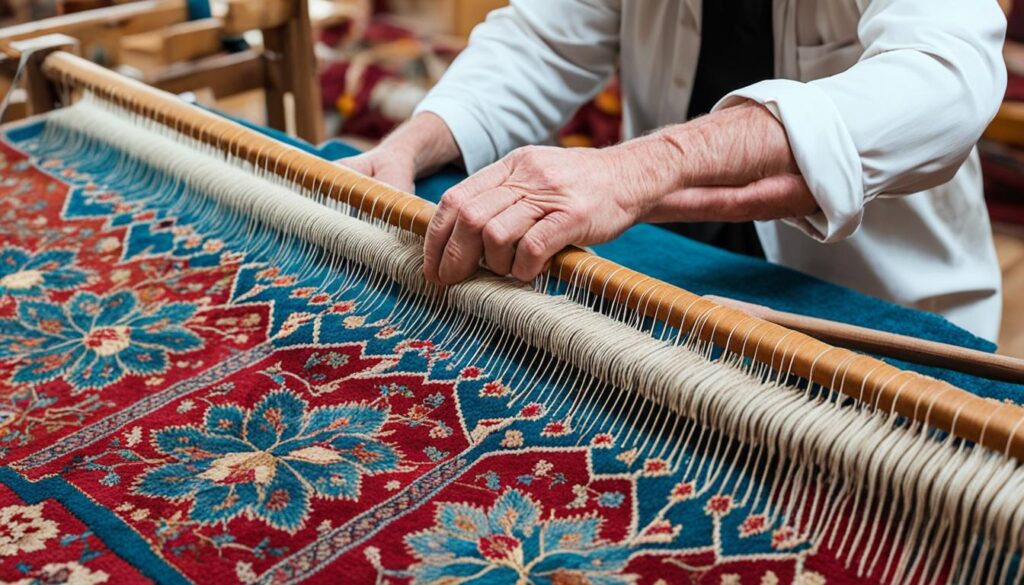
The materials and dyes used in Persian rugs are key to their quality and beauty. From the fibers to the dyes, every part of the traditional Persian rug weaving process shows the rich culture of the Persian people.
How to Choose a Persian Rug
When looking for a Persian rug, it’s key to check the quality and if it’s real. Real Persian rugs have special traits that set them apart from fake ones. Knowing what makes a Persian rug real helps you pick a good one. This way, you get a rug that lasts a long time.
Evaluating Quality and Authenticity
First, check the knots on the rug. Real Persian rugs have knots that are a bit different and not perfect. This is because each knot is made by hand. Machine-made rugs have perfect knots with no mistakes.
Look at the materials too. Real Persian rugs use natural stuff like wool, silk, or a mix of both. If it’s made of synthetic stuff like nylon or polyester, it’s likely not handmade. Handmade rugs also have colors that are a bit off because they use natural dyes.
Finally, check the rug’s edges and ends. Real Persian rugs have clean, straight edges with no loose strings. This shows it was made with care.
| Characteristic | Handmade Persian Rug | Machine-made Rug |
|---|---|---|
| Knots | Slightly imperfect and varied | Uniform and perfect |
| Materials | Natural wool, silk, or wool-silk blend | Synthetic materials like nylon or polyester |
| Coloration | Subtle unevenness from natural dyes | Even, uniform color from synthetic dyes |
| Edges and Ends | Straight and neatly secured | May have loose fringes |
By looking at these things, you can tell if a Persian rug is real and of good quality. Buying a real, handmade Persian rug means you get a rug that looks great, lasts a long time, and adds beauty to your home.
Different Styles of Persian Rugs
Persian rugs are a mix of rich traditions and beautiful designs. Each style shows off Iran’s cultural heritage. From the bright colors of Tabriz to the detailed patterns of Kashan, they are a treat for the eyes.
Tabriz rugs come from Azerbaijan’s capital. They are known for their quality wool or wool-and-silk piles. The patterns range from hunting scenes to teardrop medallions, loved by collectors all over the world.
Heriz rugs are famous for their bold patterns. They have a big central medallion and large corner pieces. This makes them stand out.
Kashan rugs are known for their floral patterns and unique medallions. They often have ivory, rich red, and deep blue colors. This makes them very eye-catching.
Gabbeh rugs have a rustic and tribal look. They are made by the Luri and Qashqai weavers in the Zagros Mountains. These rugs have simple yet beautiful designs on a plain color background.
Isfahan rugs are known for their top quality and skill. They use wool on a silk or cotton base. This makes them very dense and luxurious.
Whether you like the bold Heriz patterns, the delicate Kashan designs, or the classic Tabriz look, Persian rugs have something for everyone. They are perfect for collectors and those who love interior design.
Factors Affecting Persian Rug Pricing
The price of Persian rugs changes due to many things. Knowing these can help buyers make smart choices. It shows the true worth of these beautiful handmade rugs.
Size is a big factor in price. Bigger rugs cost more because they need more materials and time. The quality of materials matters too. High-end wool or silk makes a rug more valuable.
The knot count also affects price. More knots mean more detailed work, so it’s worth more. The rarity and uniqueness of the design can also raise the price. This is true for antique or one-of-a-kind rugs.
Where the rug was made and the weaver’s reputation also matter. Rugs from places like Tabriz or Isfahan cost more. This is because they are known for their quality.
| Pricing Factor | Impact on Persian Rug Value |
|---|---|
| Size | Larger rugs require more materials and time, so they are more expensive. |
| Material Quality | Rugs made with high-end wool or silk are more valuable than those made with lower-quality materials. |
| Knot Count | Rugs with a higher knot count, indicating finer workmanship, are more valuable. |
| Design Rarity | Unique or antique design patterns can significantly increase the price of a Persian rug. |
| Weaving Origin | Rugs from renowned weaving centers like Tabriz or Isfahan tend to be more expensive. |
By looking at these factors, buyers can better understand Persian rug prices. This helps them make choices that fit their taste and budget. Knowing what makes these rugs special can make buying one a rewarding experience.
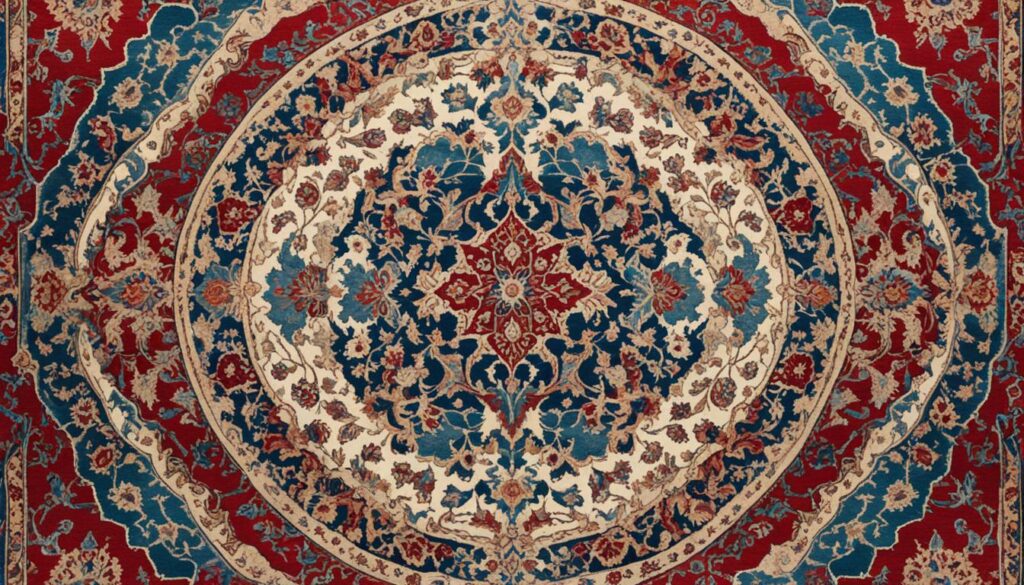
Caring for and Maintaining Persian Rugs
Owning a handmade Persian rug is a big deal. With the right care, it can last for many generations. Just follow a few simple steps to keep your Persian rug looking great and valuable.
Regular vacuuming is key to remove dirt and debris. This stops the fibers from getting damaged. Also, using a rug pad helps prevent slipping and protects the rug from wear.
It’s also good to get a professional cleaning every 3-5 years. This keeps the colors bright and the rug strong.
Don’t put your rug in direct sunlight, as it can fade the colors. And don’t put heavy furniture right on it, as it can cause dents and damage. If you spill something, clean it up fast with a clean cloth. Don’t rub the stain, as it can make it worse.
- Vacuum regularly to remove dirt and debris
- Use a rug pad to prevent slipping and cushion the rug
- Schedule professional cleaning every 3-5 years
- Avoid direct sunlight to prevent color fading
- Lift, don’t drag, the rug when moving it
- Blot spills immediately with a clean cloth
By following these tips, you can keep your Persian rug in great shape. It will stay a beautiful part of your home for a long time.
“A Persian rug is not just a floor covering; it’s a work of art that can enhance the beauty of any room.”
Conclusion
Buying a Persian rug is a big step, but it can make your home look beautiful and feel warm. You’ll learn about the history and making of these rugs. This will help you pick the perfect one for your space.
Looking to add elegance or make a smart decor choice? A handmade Persian rug is a great pick. This guide has given you the info and tips to choose wisely. Think about quality, realness, style, and size.
Take good care of your Persian rug to keep it looking great for many years. With the right care, your rug will be a timeless piece. It will show off your style and make your home feel special.
FAQ
What is a Persian rug?
Persian rugs come from what is now Iran. They are known for their top quality, detailed designs, and long history. This history goes back over 2,500 years.
How can I distinguish a Persian rug from other Oriental rugs?
Persian rugs are made in Iran. Other Oriental rugs come from places like Turkey, Afghanistan, Pakistan, and Tibet. This is the main way to tell them apart.
What is the history of Persian rug weaving?
Persian rug weaving has a long history. Nomadic tribes first made rugs for protection. Over time, the craft became more refined. Now, these rugs are sought after for decoration and as investments.
How are Persian rugs made?
Making a Persian rug is a hard process. It starts with a foundation of warps. Then, wefts are woven over and under the warps. Finally, knots of wool or silk are tied to create the patterns.
How can I evaluate the quality and authenticity of a Persian rug?
Look for slight imperfections and natural materials like wool and silk. Also, check for uneven colors from natural dyes and neat edges and ends. This ensures the rug is high quality and real.
What are the different styles of traditional Persian rugs?
Traditional Persian rugs include styles like Tabriz, Heriz, Kashan, Gabbeh, and Isfahan. Each style has its own patterns, colors, and ways of weaving.
What factors affect the pricing of Persian rugs?
The price of a Persian rug depends on its size, material quality, knot count, design rarity, and the artist’s reputation. These factors can greatly affect the price.
How should I care for and maintain my Persian rug?
Keep your Persian rug clean with regular vacuuming and a rug pad. Clean it professionally every 3-5 years. Also, avoid direct sunlight and heavy furniture to keep it looking great.


